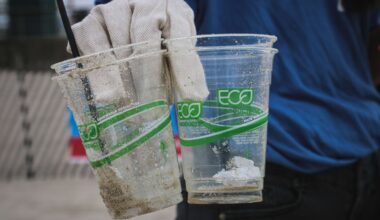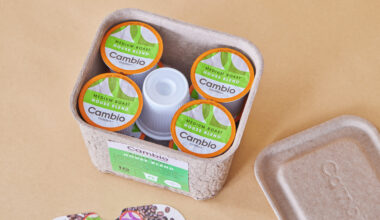Pharmaceutical packaging is different from pretty much every other industry in one very notable way: the stress customers feel when they use it. At least that’s what Leo Chao, the Creative Director at Zenpack, says.
“It’s a pretty special user group,” he said. “Most of the products we create, you don’t anticipate that people open the box under stress. An iPhone or something—most people are happy about it. Except probably pharmaceutical stuff. They’re usually either hurt or not feeling well. They have a pretty bad mood from the beginning.”
And while customers aren’t exactly excited to use the products, they still need them, and they need to know how to use them.
So between reducing customers’ stress, different types of pharmaceutical packaging, different materials used, and compliance packaging, it can seem like a lot if you’re just entering this space or need something new for your existing products. Either way, let’s get into it.
Compliance Packaging
Pharmaceutical packaging is more than just orange pill bottles you get from your pharmacist, blister packs of cold medicine, eye drops, etc. Some companies strictly specialize in pharma packaging because for many types of products, it’s highly regulated—and for good reason. A lot of this stuff goes into your body.
So how did Zenpack, which focuses on premium and sustainable packaging, get into it then?
“I think the arena we’re in is probably the newer frontier, if you will,” Chao said. “Like when Roman first came out, telemedicine was new. And packaging was supporting that new channel.”
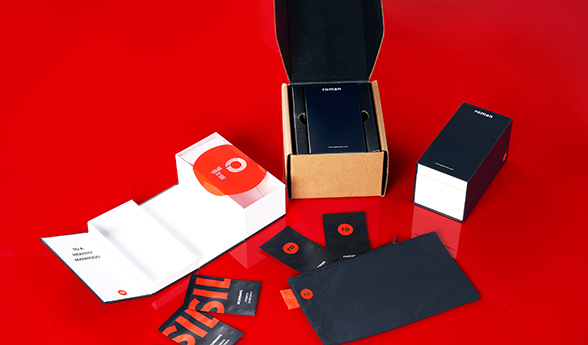
Chao said that new channels and delivery methods require new types of design, but there was also a learning curve: a traditional product in a traditional industry. Zenpack first had to learn the nuances of the industry.
These nuances—industry standards—include things like compliance packaging, which basically means packaging that asks people to perform steps in a certain order—nothing to do with rule compliance. While Zenpack doesn’t write out the steps for compliance packaging, Chao said their role revolves around solid design work. (Pharma companies often have teams of in-house lawyers and copywriters for the writing portion.)
“On our side,” he said, “there’s a user experience to all this—you need to write in a certain way to avoid risk and do due diligence, making sure that things are there. But our job is actually to take that information and make it user friendly, graphically or structurally speaking.”
Jin Wang, lead visual designer at Zenpack, added, “You need to do a lot of testing not only for marketing use, but for functional use. We have to go back and forth with where we should put the content and regulations, warning notes, and the sequence that will help guide people how to use them.”
Pharmaceutical Packaging Design
Creating functional packaging that lowers stress sounds great. But how does it work? The best way is to look at what exists now. Chao mentioned a saliva testing kit project that Zenpack worked on recently and compared it to a Covid test, something pretty much everyone has used by this point.
“It’s confusing. People are pretty stressed. They open the box and don’t know what to expect. If everything’s laid out in a way that’s just messy—you lose confidence right away, ‘Uh oh, I’m about to do this wrong.’”
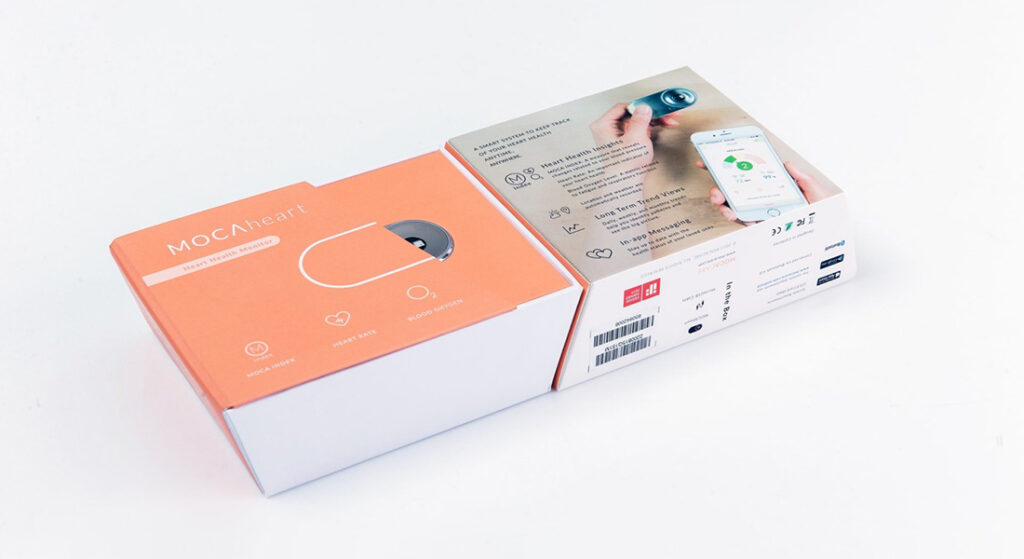
What it comes down to is showing users only the steps they need next. Chao said they’ve developed a framework to intentionally hide some things from the user. And while he admitted it may not be 100% compliance packaging, this type of layout can help lower customer stress and put them in a more relaxed mood.
Chao laid it out step-by-step:
- Give the user a simple task like opening a box.
- Give the user another simple task such as taking out a tube.
After that, the user has more confidence in themselves and more trust in the product to finish the process. By limiting the amount of steps shown, there’s a higher rate of success for the product.
This layered approach—which could be viewed as overpackaging—also refers to one of Zenpack’s pillars of sustainability: If the customer uses the product wrong, then the packaging is ineffective, which creates more waste.
“There are obviously other golden rules of design that you follow,” Chao said. “But I think that could apply to any industry.”
Golden Rules of Pharmaceutical Packaging Design
So what are the other golden rules of pharmaceutical packaging design? For that we turned to Wang, the visual designer.
She talked about avoiding high contrast colors and taking a conservative approach to the industry as a whole in an effort to build a trustworthy brand.
“It’s all basic stuff. The right way to use colors, the right way to use types—typography is really important. The product, the description, all has to be really clear. Font and size, although it’s in a really small space, people need to be able to look at it. We test on that.
“So there’s more of a scientific side of it. We need to run a lot of tests on the visuals, the mood and feelings.”
So between the layout of the package, structure and steps, and testing each element of the visuals and functionality, pharmaceutical packaging design is an exacting process. But what types of packages is it used on?
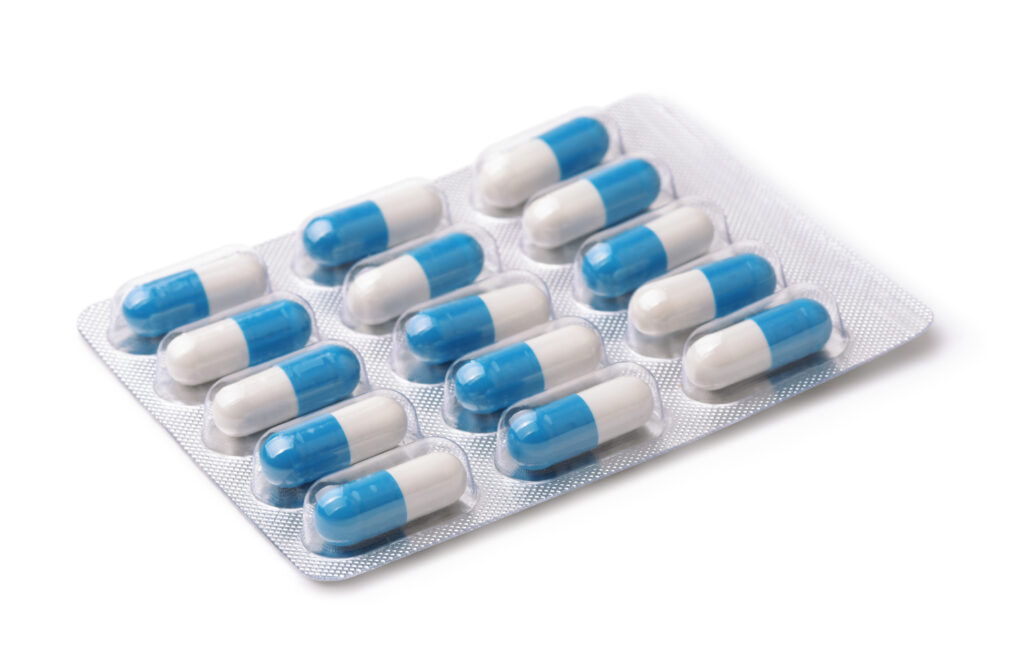
Types of Pharmaceutical Packaging
There are a handful of pharmaceutical packaging types. These include:
- Bottles—pretty straightforward. Glass or plastic.
- Blister packs—usually used for over-the-counter cold and flu medicines. These are made with pre-formed trays (plastic) and a thermoformed backing (typically foil). If you need Nyquil, just pop out one from the (blister) pack and hopefully you’ll feel better in the morning.
- Sachets—also known as pouches. Often used for single doses
- Vials—again, pretty straightforward. Glass or plastic.
- Ampoules—those tiny vials where you break the top off to open them. Again, glass or plastic.
- Boxes—typically paper, board, or molded pulp.
Pharmaceutical Packaging Materials
There are only a few materials that are often used in pharmaceutical packaging. Plastic and glass are at the top of the list, followed by aluminum (a great moisture barrier), paper, and what could generally be classified as miscellaneous, such as biomaterials.
Although Zenpack is eagerly watching the biomaterials market, the regulations surrounding pharmaceutical packaging makes it unlikely that plastic will be bumped from its top spot any time soon.
Wang said the PET and PP are two of the most common plastics used in pharmaceutical packaging, primarily because of the price, the ease of production, and how many factories still recommend it.
“Some are more soft,” she said, “and some are more suitable for—like kids pharmaceuticals have different standards. PP is used more often in kids products. It’s widely used and people still are sticking with it although we have a lot of sustainability built up nowadays. We always recommend our clients use more paper-based materials.”
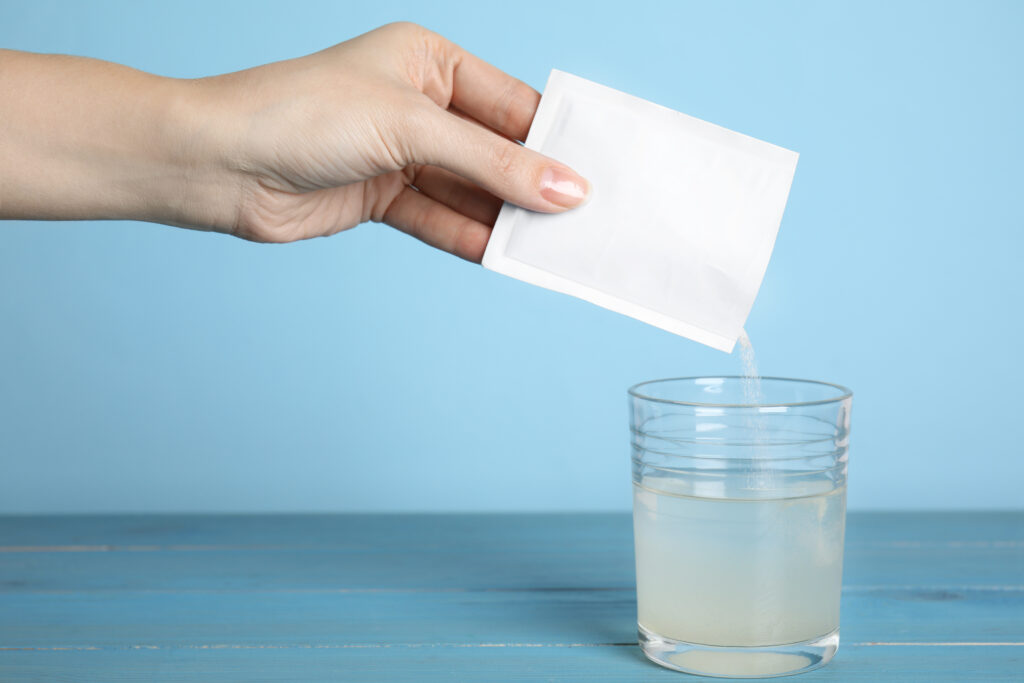
Although that recommendation is more of a general company policy rather than pharmaceutical-specific. Because both in terms of industry regulations and the requirements of pharmaceutical products, paper isn’t an option yet.
Chao said one of the biggest obstacles to breaking away from plastic in pharmaceutical packaging is the moisture barrier it offers. For liquids, that obviously involves not allowing them to escape. But for many supplements and pharmaceutical pills, keeping moisture out is just as important.
All materials have a moisture vapor transmission rate (MVTR), which indicates how well moisture is able to pass through. The numbers that come from those calculations are one of the biggest determining factors for which materials can be used for a given product. Chao said that even amongst plastics, PP is good for keeping moisture out, while HDPE isn’t a viable option.
Glass is of course an option here, but it’s also heavier—which affects transportation—and as Wang mentioned, it has limited color, which might not work for all brands (this is something that designers can influence, though).

She mentioned other factors that can affect the choice between glass and plastic. These include:
- Temperature
- Pressure
- Lighting
- Cost
The bottom line is that the choice between glass and plastic for pharmaceutical packaging comes down to the product and the brand. And while it’d be great if every brand chose glass to reduce waste and microplastics (glass is also refillable), the cost constraints that come with it might keep it out of reach for some.
But besides glass and plastic and packaging things that go in the body, there are other materials that can work for non-consumable products. Wang discussed molded pulp, which is a favorite at Zenpack. While the tooling and molding fees make it a more expensive material upfront, the customization it offers and lower environmental impact make it appealing to many brands.
“It’s a really earth friendly material,” she said. “And if the client has a large order quantity, we will definitely recommend molded pulp for them. It’s not only used for blister packs but also shipper inserts to protect the product.”
She said Zenpack suggests other options to clients that want to focus on sustainability, including using less finishes such as UV ink, foils, films, and coated papers.
“And we are trying to get rid of plastic in many things, including glue. We are trying to build a shipper so it doesn’t need glue—that’s very good for sustainability. Actually we are working on a home biodegradable glue with some labs in China…When I say that, it’s just like one sentence, but it’s a half year’s work.”
Contaminants and Material Choices in Pharmaceutical Packaging
Because this stuff often goes in our bodies, are there certain requirements that need to be followed when making pharma packaging? And how are those different from say, a Coke bottle? Not that we should necessarily be putting that in our bodies, but.
Chao said that some brands have packaging specifications for their products that reach the raw material level. Some chemicals can interfere with a product’s functionality, and so there needs to be a guarantee that some materials aren’t used. One such material is aluminum, which Chao has experience with avoiding recently after working with a prebiotic brand.
There are also grades of packaging, including food grade and different levels of manufacturing clean rooms. Depending on the product, such as medical equipment which goes in a body, a different threshold of cleanliness needs to be followed. In short, Chao said it’s all standardized to ensure that products arrive in their packaging ready to use.
Biomaterials in Pharmaceutical Packaging
Both Wang and Chao discussed biomaterials like seaweed-made items and natural materials like cork and wood as well. While both were hopeful that eventually solutions will become mainstream, they acknowledged the reality of making packaging today.
“There’s just a lot of it right now,” Wang said, “and we are in a chaotic time that—it’s very hard for the end consumer to understand what is biodegradable, because they can be, but also can sit in the soil for 100 years until they disappear.”
“Honestly,” Chao said, “I think a lot of people think natural materials are not clean enough, but it’s actually wrong. It might come down to perception. If it is perception, I think there’s something we could do about it as designers. I think we take that as a challenge and say I can change that. That’s what designers are supposed to do.”
Stitching It All Up
Good design lowers stress—for everyone. And from materials to types of packaging, your brand, your audience, and your product will answer those questions fairly quickly. If you need something new, Zenpack might be able to help. Curious to see?
If you want to know more about Zenpack’s services
Let our packaging consultants help you turn your idea into reality.

